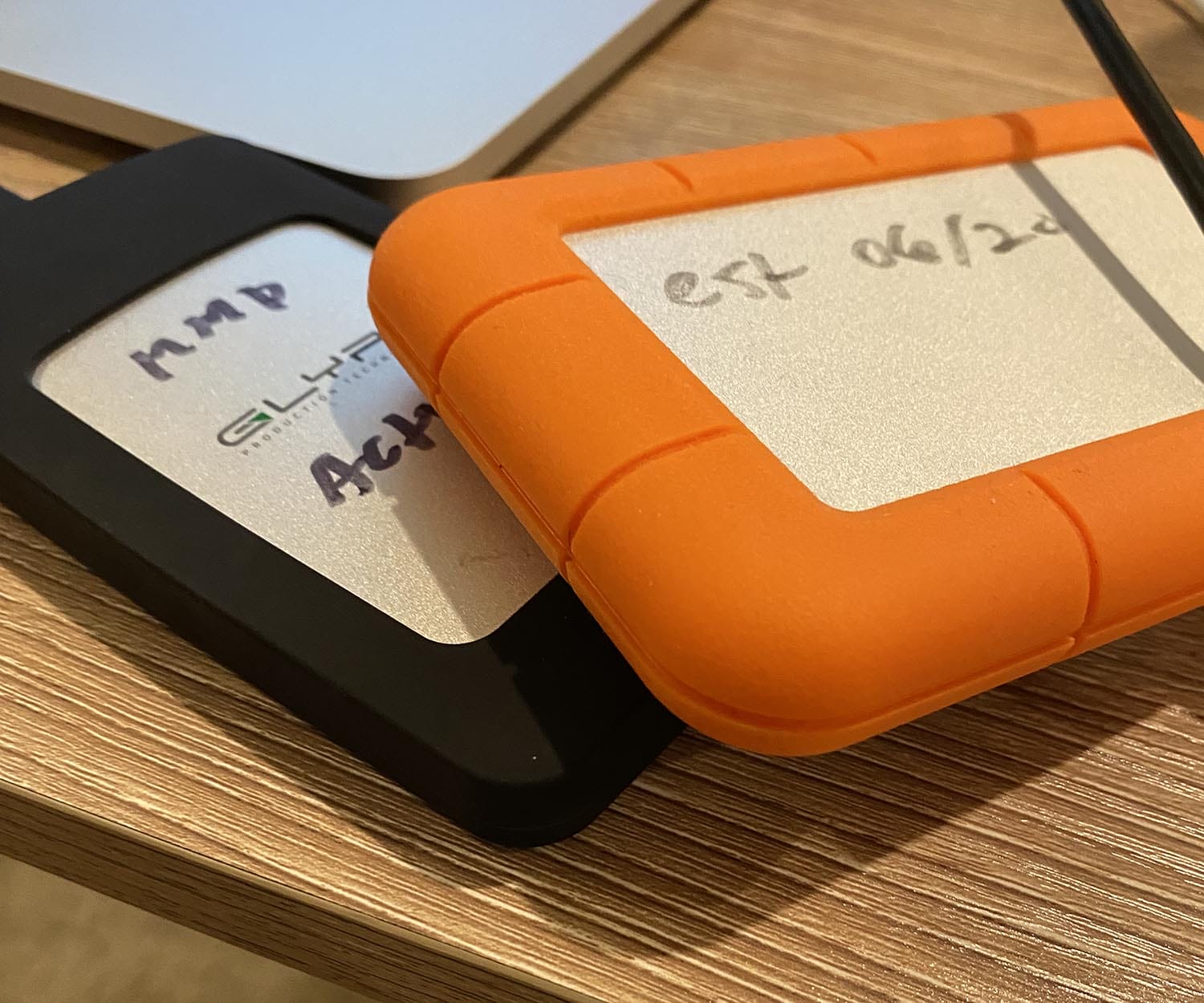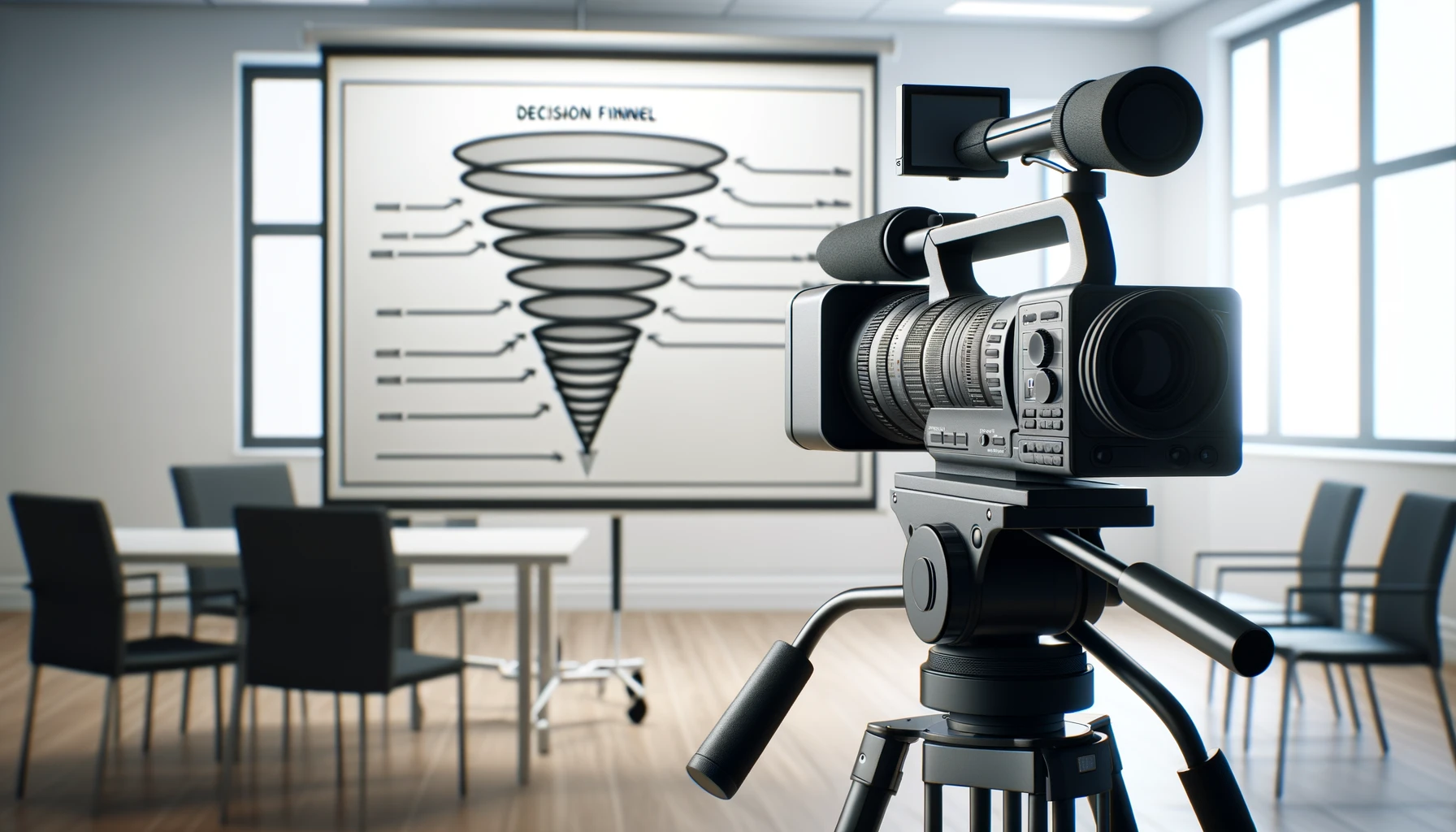You’ll never see your computer slow down quite like it does when you start trying to save video files from your production project. If you’re a beginner at video production, whether creating an online course or building a marketing campaign for your company, you’ll soon find that video files are massive. They reach way beyond the amount of space that word documents, audio files, and even photos demand from your computer storage.
If you don’t find a new solution soon for storing your video files, you’ll quickly run out of space and your production process will grind to a halt. Take some advice from a professional video production company and try these storage solutions.
Use External Hard Drives
Even with high-end computers, internal storage space isn’t made for running and storing large quantities of video files for video production while maintaining functionality for your other needs. The solution is to use external hard drives, which you can buy separately and continue collecting to have limitless potential for storage without affecting your computer.
Portable hard drives can be used to store any files, but they’re especially great for video files. Try to get into the practice of backing up all of your files onto hard drives in the event of a computer crash so that you always have copies. You’ll also want dedicated hard drives for your video work, both for projects in the editing phase of productionand for projects that need to be stored.
HDD vs. SSD Hard Drives
When it comes to storing footage on external hard drives, you have two options: SSDs and HDDs (solid state drives and hard disk drives). HDDs are great for storing a decent amount of footage or files, and they are much more mechanical in nature. They are built with mechanical spinning platters and have a moving head that reads the platters to access your data. At Monzo Media Productions, we try to buy hard drives that allow between 2 to 4 terabytes (TB) of storage. HDDs are where we store older projects or videos that are on the backlog waiting for edits.
Whenever we’re actively working on a project, we store our videos on an SSD hard drive. SSDs are a more active hard drive that allows for quicker loading times. They’re more expensive, but they don’t have the mechanical aspects of an HDD drive that slows down the process. When we switched from editing videos on an HDD to an SSD, we saw an immediate improvement in the speed of the editing process and fewer computer crashes.
After a project is done, we transfer the project from the SSD drive to the storage HDD drive. The best practice is to label all HDD drives with the date of when they were established. For example, label an HDD drive with the month that you bought it and store all your video projects from that time period onto that hard drive. That way, you’ll always stay organized and find your video projects easily.
Streamline Your Video Production Process
With experience, you’ll find the best ways to organize and streamline your video production. It might take some time, but soon you’ll be able to set up a workflow that makes it easy to find the files you need and improves the functionality of your equipment. Smart use of HDD and SDD external storage will ensure you keep your computer running quickly and your editing process rolling smoothly.If you’re concerned about hard drives and which ones you should buy for your projects, contact Monzo Media Productions for more insight.





